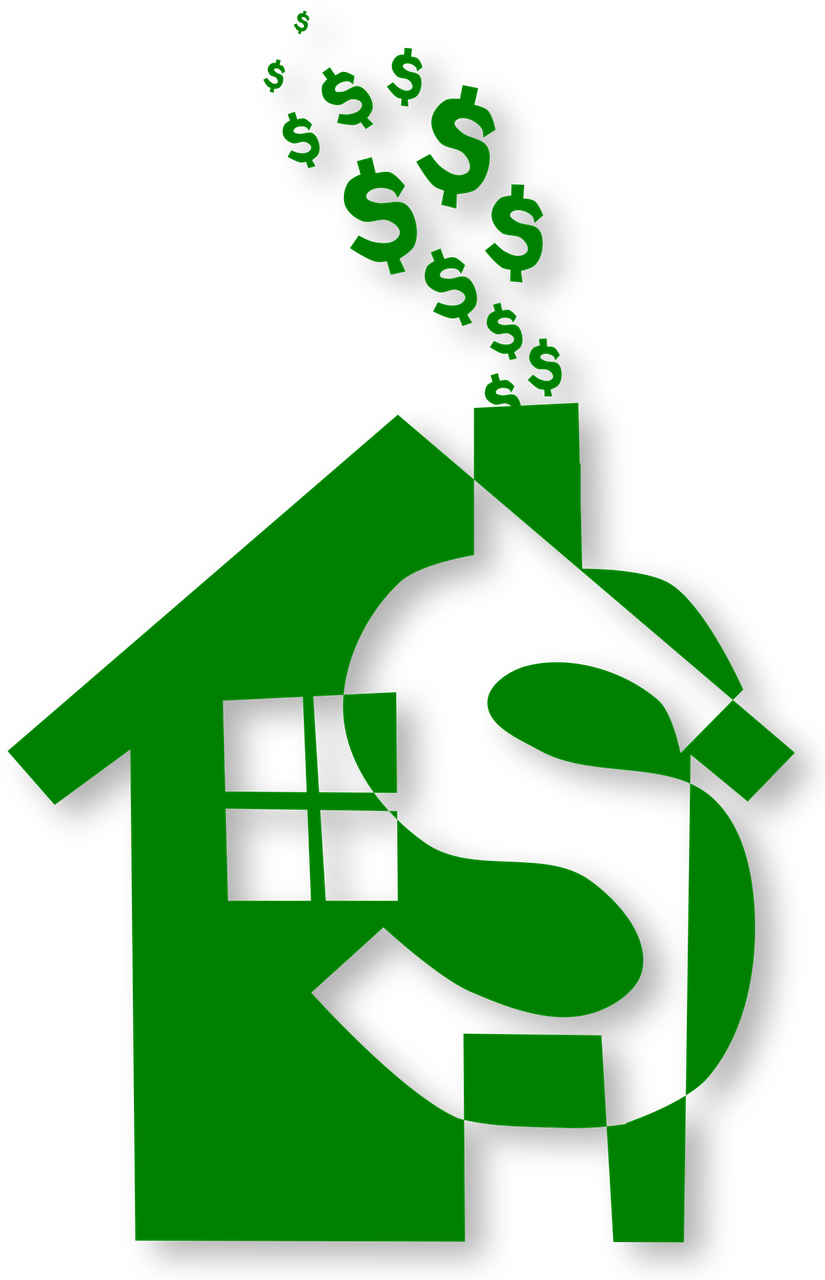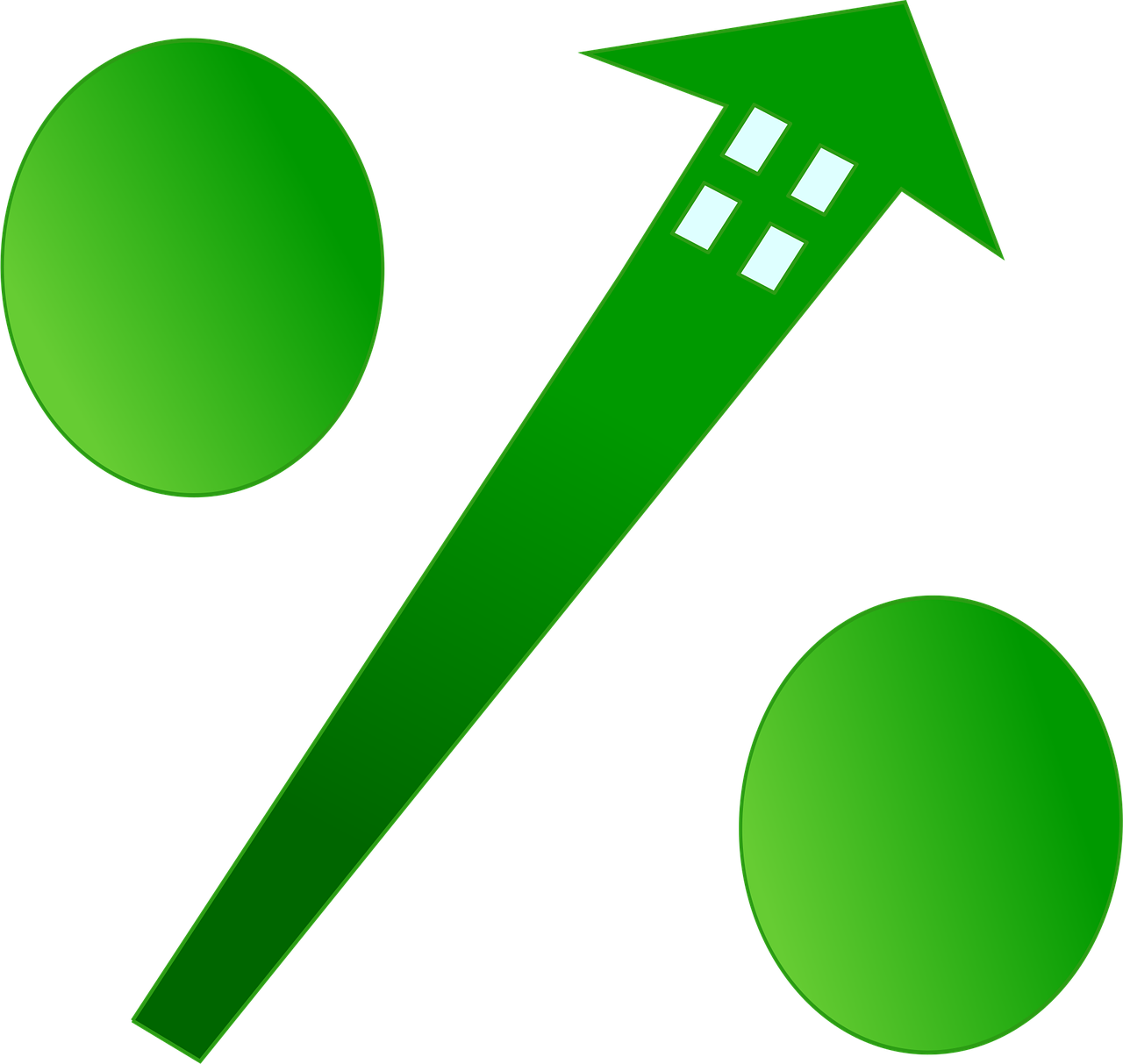How Changing Mortgage Rates Are Shaping Florida’s Housing Market
Mortgage rate fluctuations are not only a concern for borrowers — they also influence broader dynamics in Florida’s housing market. Below are some ways shifting rates are affecting supply, demand, and home pricing in the state.
Slower Sales & Buyer Hesitancy
With mortgage rates well above the levels seen in the early 2020s, some buyers are cautious about pulling the trigger. Even slight moves in interest rates can impact monthly payments materially, leading prospective buyers to pause. As Freddie Mac notes, rates “increased again this week,” which may cool buyer enthusiasm. Freddie Mac
Inventory Constraints from Lock-In
Many existing homeowners in Florida are holding mortgages locked at rates well below today’s levels. With interest rates so much higher now, they tend to avoid selling their homes, contributing to low inventory. This “lock-in effect” has been documented in Florida and nationally. Florida Realtors+1 The supply squeeze reinforces price stability even amid cooling demand.
Uptick in Pending Sales with Rate Relief
That said, when rates slip even modestly, buyer response can be swift. In August 2025, Florida’s pending home sales surged, a signal that buyers are closely watching rate movements. Florida Realtors+1 In markets where small downward shifts were passed through to prospective borrowers, deals became more feasible.
Pressure on Home Prices
Because mortgage costs influence what buyers can afford, elevated rates tend to dampen upward pressure on prices. Florida’s median home value has shown signs of decline in certain markets — a contrast from the rapid run-up during the COVID boom. New York Post The combination of rate stress and higher costs of ownership (insurance, taxes) is cooling demand in some regions.
Role of Builder Incentives & Rate Buydowns
To offset the drag from higher rates, some Florida builders are offering rate buydowns or incentives to buyers. In new construction, approximately 4% of homes offered buydowns, compared to just 1% in resale homes. Axios These incentives can reduce early years’ payments and help bridge affordability gaps.
Regional Variations
Florida is not monolithic. Coastal and high-cost markets (e.g. Miami, Palm Beach) face outsized insurance and land costs, making mortgage affordability especially sensitive. Inland and secondary markets may see more responsiveness to rate changes, especially if local wages or job growth support demand.
If you’re tracking these shifts as a buyer, seller, or investor, having current mortgage rate data is invaluable. You can check live offers and compare lenders via https://floridamortgage.loan/. While interest rates remain a headwind, their influence on Florida’s housing markets is becoming more nuanced as subtle shifts can trigger disproportionately strong reactions.
If you like, I can also prepare versions of these articles with local-county focus (e.g. Miami-Dade, Broward, Palm Beach) or updated continuously over time. Do you want me to tailor them further?










